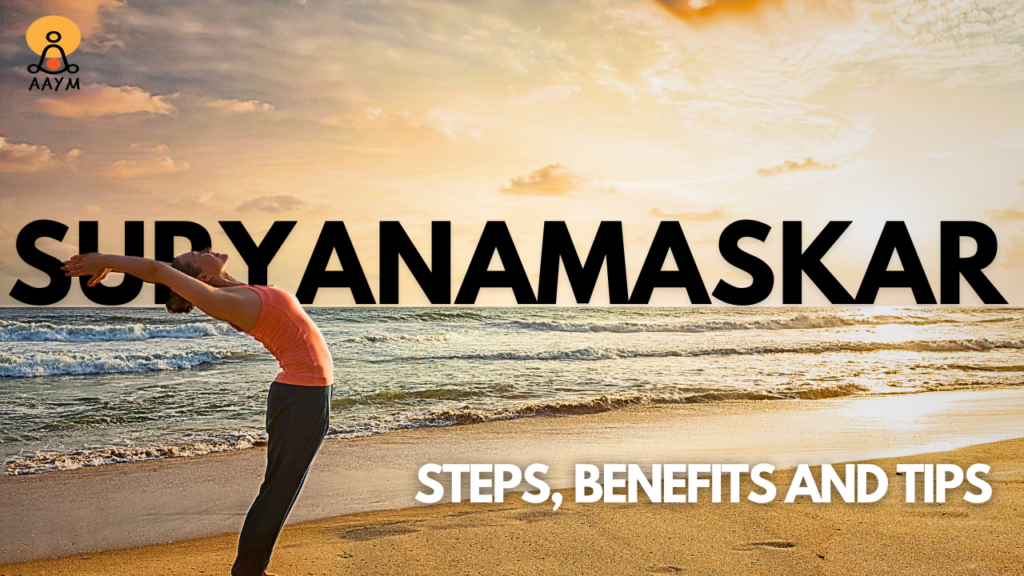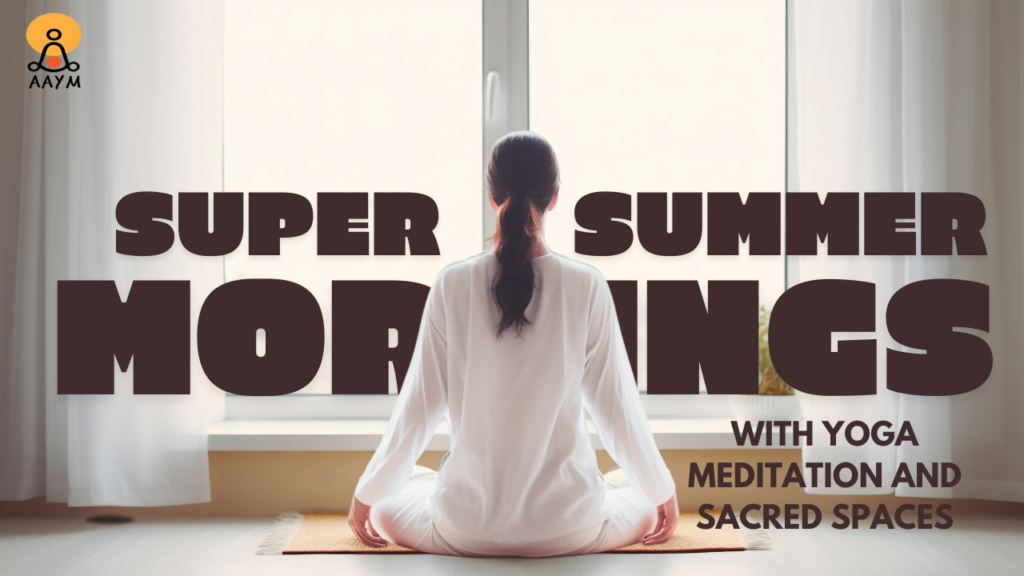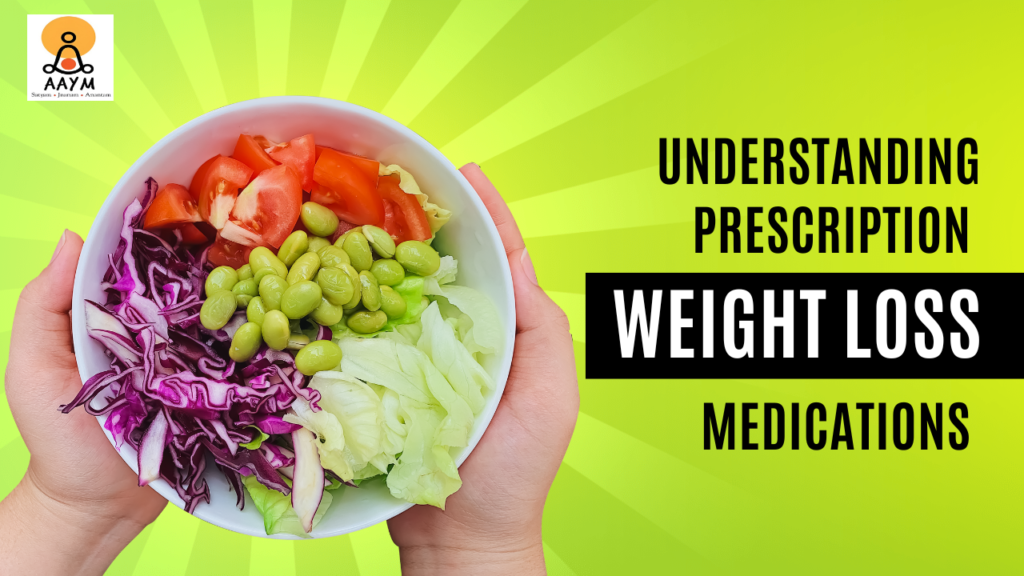The Benefits of Raw Juice Therapy
In today’s fastpaced world, maintaining a healthy lifestyle can be challenging. However, integrating raw juice therapy into your routine can offer numerous health benefits. Raw juice therapy involves consuming freshly extracted juices from fruits and vegetables, which are packed with vitamins, minerals, and enzymes. This therapy is renowned for its ability to detoxify the body, boost the immune system, and promote overall wellbeing. Why Choose Raw Juice Therapy? Raw juice therapy is a natural and effective method to rejuvenate the body. The juices are extracted from fresh, preferably organically grown fruits and vegetables. This ensures that they are free from harmful pesticides and packed with essential nutrients. Here are some key reasons to consider raw juice therapy: NutrientRich: Raw juices are rich in vitamins, minerals, and enzymes that are crucial for maintaining health. Detoxification: The juices help in flushing out toxins and acids from the body, aiding in the elimination of waste. Improved Digestion: The natural enzymes in raw juices enhance digestive processes and nutrient absorption. Healing Properties: Raw juices have medicinal properties that can help in treating specific health conditions. Types of Juices Raw fruit and vegetable juices can be categorized into six main types: Juices from Sweet Fruits: Such as prunes and grapes. Juices from SubAcid Fruits: Like apple, plum, pear, peach, apricot, and cherry. Juices from Acid Fruits: Including orange, lemon, grapefruit, strawberry, and pineapple. Juices from Vegetable Fruits: Such as tomato and cucumber. Juices from Green Leafy Vegetables: Including cabbage, celery, lettuce, spinach, parsley, and watercress. Juices from Root Vegetables: Like beetroot, carrot, onion, potato, and radish. Guidelines for Raw Juice Therapy For optimal results, follow these guidelines when incorporating raw juice therapy into your lifestyle: Use Only Fresh Produce: Ensure that the fruits and vegetables are fresh and preferably organically grown. Immediate Consumption: Raw juices should be consumed immediately after extraction to retain their nutritional value. Proper Combinations: Combine different types of juices appropriately to avoid adverse reactions. For instance, vegetable juices can be combined with each other but should not be mixed with fruit juices. Dilution of Sweet Juices: If the juices are too sweet, dilute them with water to reduce sugar content. Method of Juice Therapy To start with raw juice therapy, drink the prescribed juice at threehour intervals. Begin with small quantities and gradually increase the amount. Here’s a simple method to follow: Start with 250 ml: Drink 250 ml of juice every three hours. Increase Gradually: Increase the quantity by 50 ml each day until you reach a comfortable level. Regular Intake: Aim to take juices five to six times a day for the best results. Cleansing Agent: Raw juices act as a cleansing agent, helping to eliminate toxins from the body. Precautions and Considerations While raw juice therapy is generally safe, certain precautions should be taken: Not for Everyone: Juice fasting is not recommended for pregnant women, nursing mothers, infants, young children, or the elderly. Allergies: Be cautious of any allergies you might have to specific fruits or vegetables. Diabetes and Hypoglycemia: If you have diabetes or suffer from low blood sugar, always dilute your juices and monitor your condition closely. When to Stop Juice therapy should not be prolonged indefinitely. It’s advisable to limit juice fasting to a maximum of two weeks at a time. After this period, gradually reintroduce solid foods into your diet while maintaining a balanced and nutritious eating plan. Benefits of Raw Juice Therapy The benefits of raw juice therapy are numerous: Rapid Healing: The vitamins and minerals in raw juices support the body’s healing processes and improve cell regeneration. Alkaline Balance: Raw juices help in maintaining the acidalkaline balance in the body, promoting overall health. Energy Boost: Regular consumption of raw juices can lead to increased energy levels and improved vitality. In conclusion, raw juice therapy is an excellent way to detoxify your body, boost your immune system, and improve your overall health. By following the guidelines and methods outlined above, you can incorporate this beneficial practice into your daily routine and enjoy its numerous advantages. This blog post covers the essentials of raw juice therapy, providing practical advice and information in simple, easy to understand language.
The Benefits of Raw Juice Therapy Read More »










